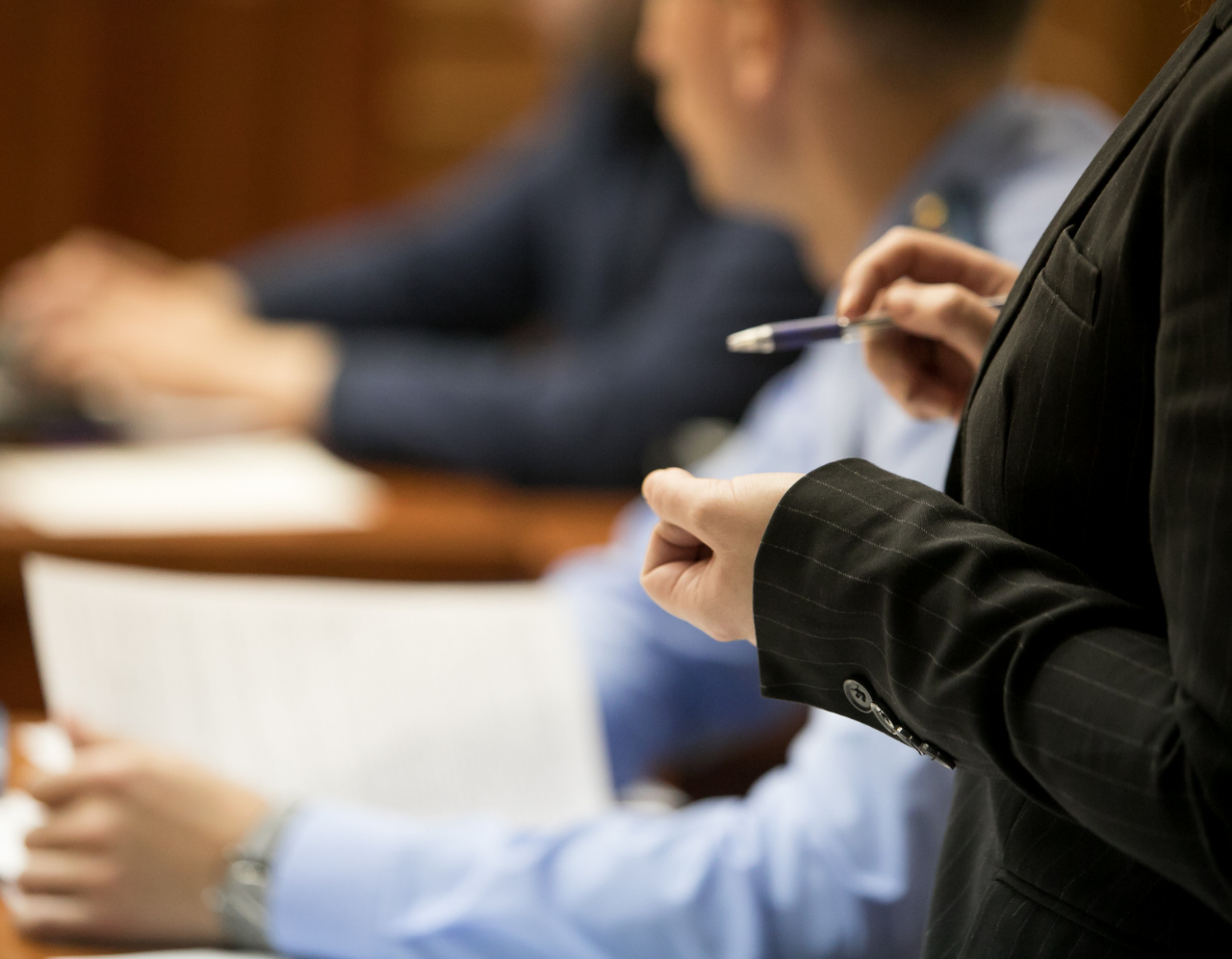Mastering the Art of Trial Presentations: Key Methods for Reliable Legal Arguments
Mastering the Art of Trial Presentations: Key Methods for Reliable Legal Arguments
Blog Article
Navigating the Intricacies of Test Presentations: Tips for Seamless Shipment and Compelling Debates
In the realm of lawful proceedings, the art of test presentation stands as an essential factor of success. As lawyers navigate the detailed internet of court room characteristics, the capacity to seamlessly deliver debates and proof while astounding the court's focus comes to be paramount. The complexities integral in trial presentations call for a fragile equilibrium of skill, skill, and strategy. By developing strategies that ensure a polished distribution and crafting engaging disagreements that reverberate with the target market, attorneys can considerably improve their campaigning for. In a globe where persuasion preponderates, grasping the complexities of test presentations is not simply an option but a necessity for those seeking to prevail in the courtroom.

Recognizing Trial Purposes
To properly browse a trial, it is vital to have a clear understanding of the goals that need to be achieved. Before tipping into the court room, lawful groups should specify their objectives and wanted results. These objectives function as assisting principles throughout the test, forming techniques and affecting decision-making processes.
Understanding trial objectives includes an extensive evaluation of the case, lawful criteria, and the customer's best passions. Trial Presentations. It calls for a careful evaluation of the facts, recognizing crucial issues, and expecting prospective challenges. By establishing particular and quantifiable goals, lawyers can customize their discussions and debates to align with the desired results
Moreover, a clear understanding of trial purposes enables legal groups to prioritize evidence, witnesses, and lawful arguments efficiently. It enables the advancement of a coherent narrative that resonates with the court and jury, reinforcing the total instance presentation.

Organizing Evidence Properly
Having a clear understanding of test goals lays the structure for arranging evidence successfully in lawful procedures. By straightening the presentation of evidence with the desired results of the trial, legal groups can enhance their disagreements and boost their persuasiveness.
Another trick aspect in organizing evidence successfully is developing a sensible flow. Offering proof in a coherent and sequential way can help build an engaging narrative that supports the legal arguments being made. Furthermore, using aesthetic aids such as graphes, timelines, or graphs can better enhance the organization of evidence and help in clearing up intricate connections or sequences of occasions.
Moreover, guaranteeing that all proof offered is appropriate and permissible to the case is necessary. Inadmissible or pointless proof can diminish the toughness of the argument and potentially harm the reputation of the company website presenting party. A careful review and choice process must be undertaken to consist of only the most legally audio and impactful evidence in the test discussion.
Crafting Persuasive Narratives
Crafting compelling stories plays a critical duty in providing convincing arguments throughout legal procedures. When constructing a narrative for a trial presentation, it is essential to establish a clear storyline that highlights crucial points and attaches them in a coherent manner. By weaving together evidence, testament, and legal arguments right into a cohesive and influential narrative, legal specialists can properly support for their customers and raise the chance of a positive result in the court.
Understanding Visual Help
Effective use aesthetic aids is essential to boosting the impact and clearness of trial presentations. Visual help, when used tactically, have the power to streamline complex information, enhance crucial factors, and leave a lasting perception on the discretionary. To grasp visual help in test discussions, it is essential to guarantee that they are clear, succinct, and relevant to the debates being made.
When incorporating aesthetic help, such as graphes, graphs, timelines, or pictures, into a trial presentation, it is necessary you can try this out to maintain them visually appealing yet professional. The visuals ought to enhance the spoken debates, supplying a graph of the information being gone over without overwhelming the target market with unnecessary details.
Additionally, practicing with the aesthetic aids beforehand is critical to make certain a smooth shipment during the test. Acquainting oneself with the web content, changes, and timings of each aesthetic help can aid preserve the flow of the discussion and avoid technological glitches that may develop.
Delivering Impactful Closing Disagreements
An engaging closing disagreement offers as the conclusion of a test discussion, encapsulating the core narrative and convincing the court and jury in the direction of a desirable choice. Begin by laying out the major disagreements that support your client's setting, highlighting why the evidence provided throughout the test supports your story.
In addition, incorporating psychological appeal can additionally enhance your closing disagreement. Eventually, a well-crafted closing disagreement should leave a long-term perception, engaging the court and court to rule in your customer's favor.
Final Thought
Finally, understanding test discussions involves understanding objectives, organizing proof, crafting stories, using visual aids, and providing impactful closing disagreements. By applying these methods efficiently, legal representatives can offer their situation seamlessly and make compelling debates in the court room. It is important to navigate the intricacies of test discussions with accuracy and ability index to attain success in lawful process.
By straightening the presentation of evidence with the wanted outcomes of the test, legal groups can enhance their arguments and improve their persuasiveness (Trial Presentations). To grasp aesthetic help in trial presentations, it is crucial to make certain that they are clear, concise, and relevant to the arguments being made
A compelling closing argument serves as the conclusion of a test discussion, encapsulating the core story and persuading the judge and jury in the direction of a favorable decision. Begin by outlining the main debates that support your client's placement, emphasizing why the evidence offered throughout the test supports your story.In verdict, mastering trial discussions entails comprehending goals, arranging proof, crafting stories, using aesthetic help, and providing impactful closing arguments.
Report this page